Trump envoy: Ukraine could be divided like postwar Berlin
General Keith Kellogg suggests Britain and France could lead western zone of control.
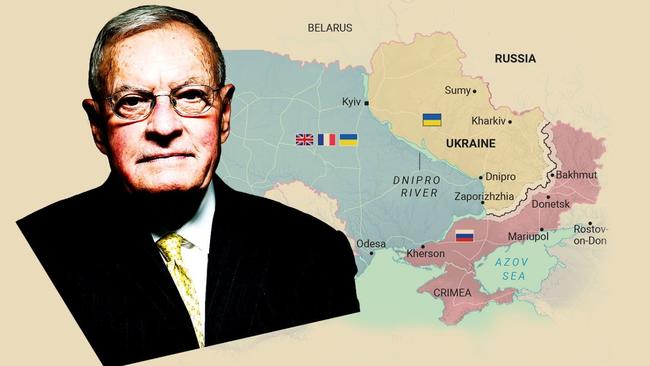
US President Donald Trump’s envoy to Ukraine has said the country could be partitioned “almost like Berlin after World War Two” as part of a peace deal.
In an interview with The Times, General Keith Kellogg suggested British and French troops could adopt zones of control in the west of the country as part of a “reassurance force”, with the Russian army in the occupied east. Between them would be Ukrainian forces and a demilitarised zone.
Kellogg, 80, suggested that creating zones of control with the Anglo-French-led “reassurance force” west of the Dnipro River, which bisects the country and runs through Kyiv, would not be “provocative at all” to Moscow. He said Ukraine was a big enough country to accommodate several armies seeking to enforce a ceasefire.
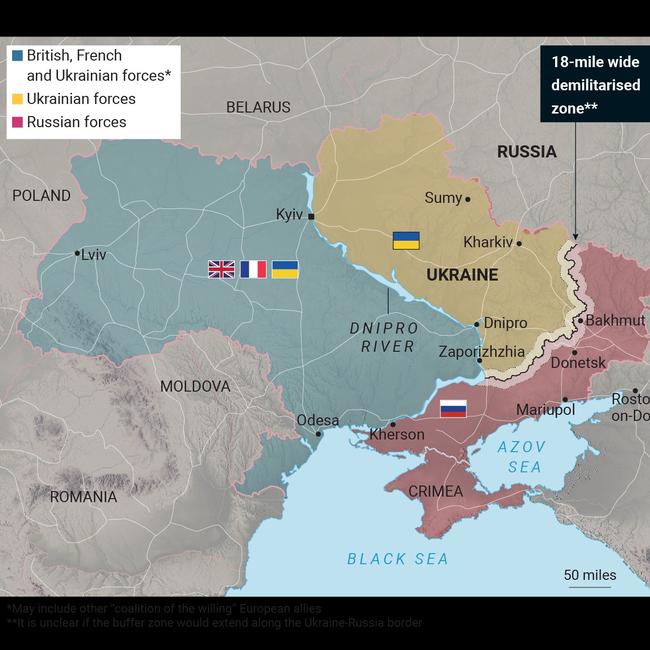
“You could almost make it look like what happened with Berlin after World War Two, when you had a Russian zone, a French zone, and a British zone, a US zone,” he said.
He later clarified that the US would not be providing any ground forces. He suggested a demilitarised zone of 18 miles (29km) could be implemented along the existing lines of control in the east.
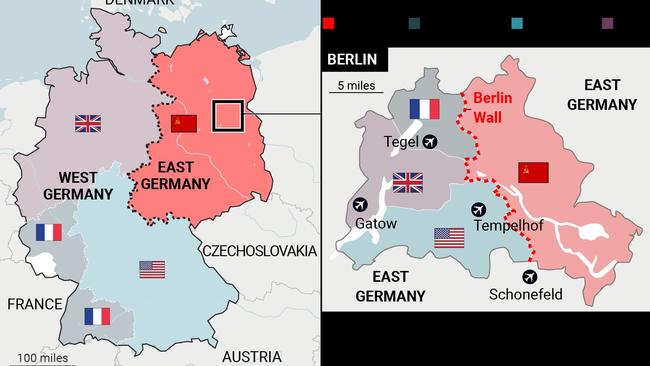
Implicit in Kellogg’s proposals is the acknowledgment that Ukraine will have to cede its eastern territories under Russian control. Last month Sergey Lavrov, the Russian foreign minister, reiterated that the Kremlin would not accept peacekeeping troops from any NATO country “under any conditions”.
Ukraine, which, unlike Nazi Germany in 1945, has a functioning government, may see the comparison with Berlin as tactless, especially as one of Russia’s groundless justifications for its invasion was to “de-Nazify” Ukraine.
Kellogg’s remarks are one of the clearest insights into Trump’s vision for the future of Ukraine. They are also the first suggestion from a senior US official that the Dnipro River could become a demarcation line of some form within Ukraine after a ceasefire. However, it is unclear if Kellogg would be prepared to cede any further territory east of the river to Moscow.
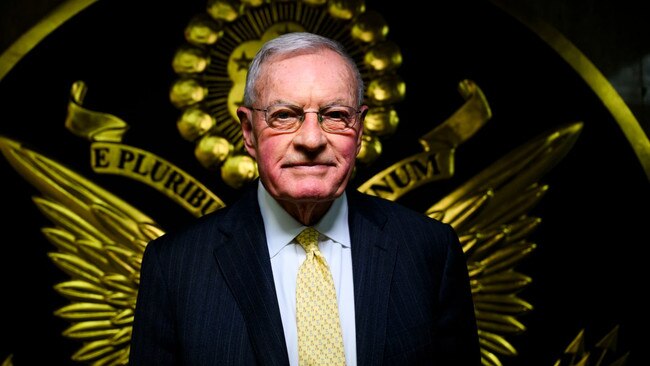
The comments came as Steven Witkoff, Trump’s de facto Russia envoy, travelled to the country on Friday for the third time to discuss a ceasefire deal, shaking hands with President Putin in St Petersburg.
Trump also added pressure on Putin to end the war. “Russia has to get moving,” he wrote on Truth Social. “Too many people ere [sic] DYING in a senseless war – A war that should have never happened, and wouldn’t have happened, if I were president!!!”

The Kremlin, however, cautioned not to expect any “breakthroughs”.
Kellogg acknowledged that Putin, who had in recent weeks frustrated Trump with his approach to talks, might agree or “might not accept it”.
To ensure the Anglo-French and Ukrainian forces, backed by troops from other nations in the “coalition of the willing”, would not exchange fire with Russians, Kellogg said there needed to be a buffer zone established between the Ukrainian and Russian lines. He said: “You look at a map and you create, for lack of a better term, a demilitarised zone. Take both sides back up 15km each, that’s 18 miles. And you have a … DMZ that you can monitor, and you’ve got this … no-fire zone.”
However, he added: “Now, are there going to be violations? Probably, because there always are. But your ability to monitor that is easy.”
In what will be likely to be viewed in Kyiv and other European capitals as an effort to tempt Putin back to the negotiating table, Kellogg said the US supported holding elections in Ukraine. Putin has long undermined President Zelensky’s credentials to lead, which prompted an angry response last month from Trump.
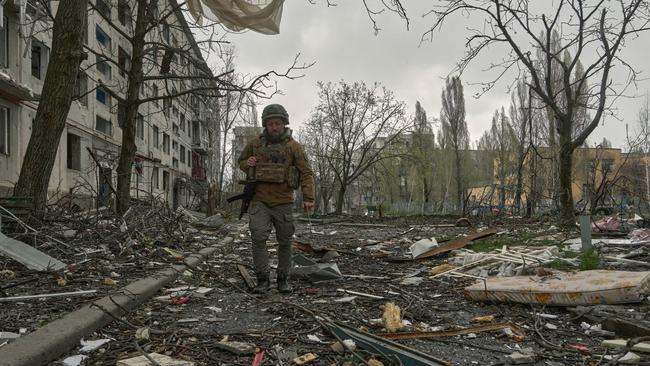
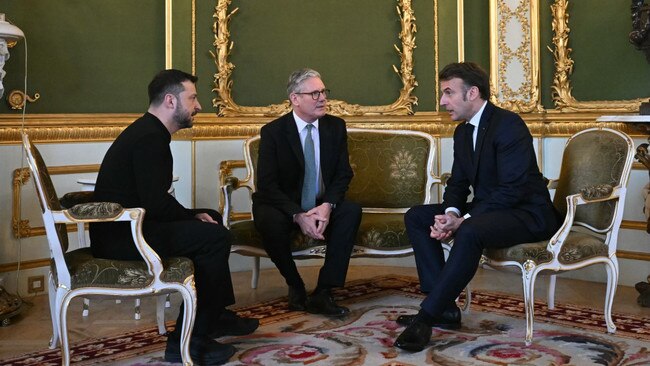
Kellogg, who has built a close relationship with Zelensky, said: “I think if you get to a ceasefire, you’re going to have elections. Because … it’s almost a year since they should have been called. But I think Zelensky is open to do that once you get to a ceasefire. But that’s a call for the Ukrainian people in the Ukrainian parliament. Not ours.”
In Europe accusations were growing that the Anglo-French coalition was failing to plan adequately for what it would do once the guns stopped firing in Ukraine. John Healey, the British defence secretary, expressed irritation at comments by Kaja Kallas, the EU’s foreign affairs chief, that plans were not more advanced.
Healey said: “Our planning is, for the ‘coalition of the willing’, real, substantial, well advanced; the European Union is not part of that planning.”

At a press conference alongside his German and Ukrainian counterparts, Healey announced that allies had pledged £18 billion ($37.5bn) in military aid in a record boost in funding to Kyiv. The figure included pounds 350 million pledged by the UK, which makes up a total of £4.5 billion earmarked for Ukraine this year.
However, in another stark illustration of Trump’s realignment of western funding for Kyiv’s war efforts, Kellogg warned Sir Keir Starmer and President Macron not to count on US support for the coalition. “Always plan for the worst case,” he said.
Asked if the coalition’s reassurance force would be effective, he suggested Trump would be pleased that Europe was more willing to stand on its own feet. He said the force would send a good message to Putin, if nothing else.
The Times


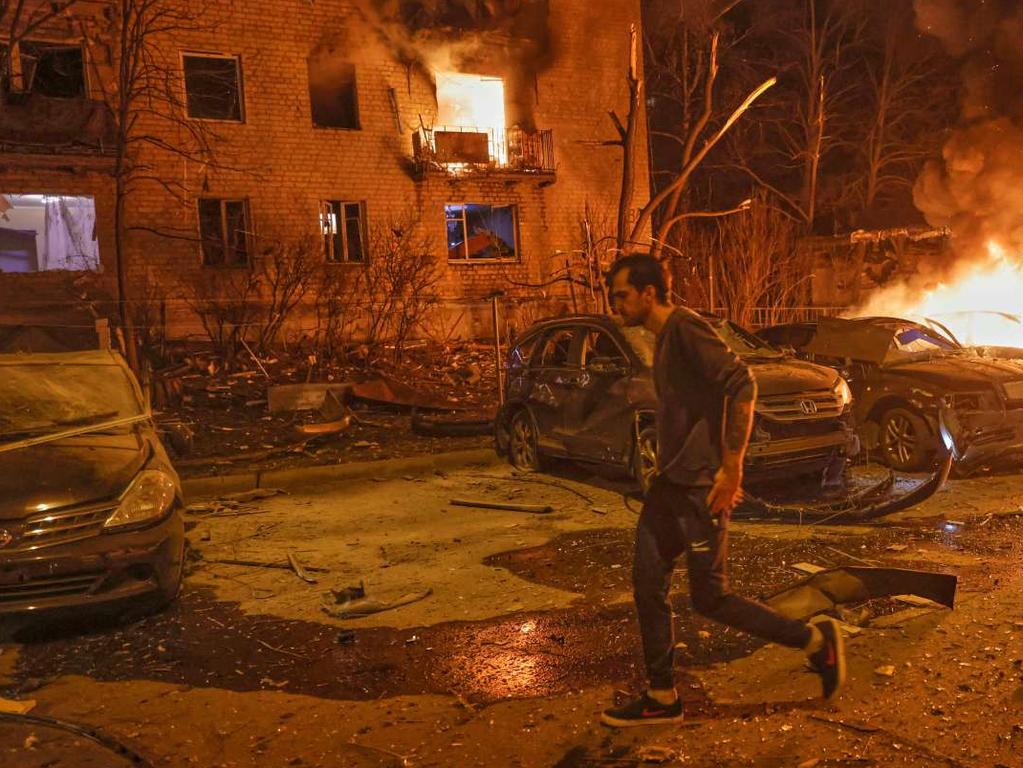


To join the conversation, please log in. Don't have an account? Register
Join the conversation, you are commenting as Logout